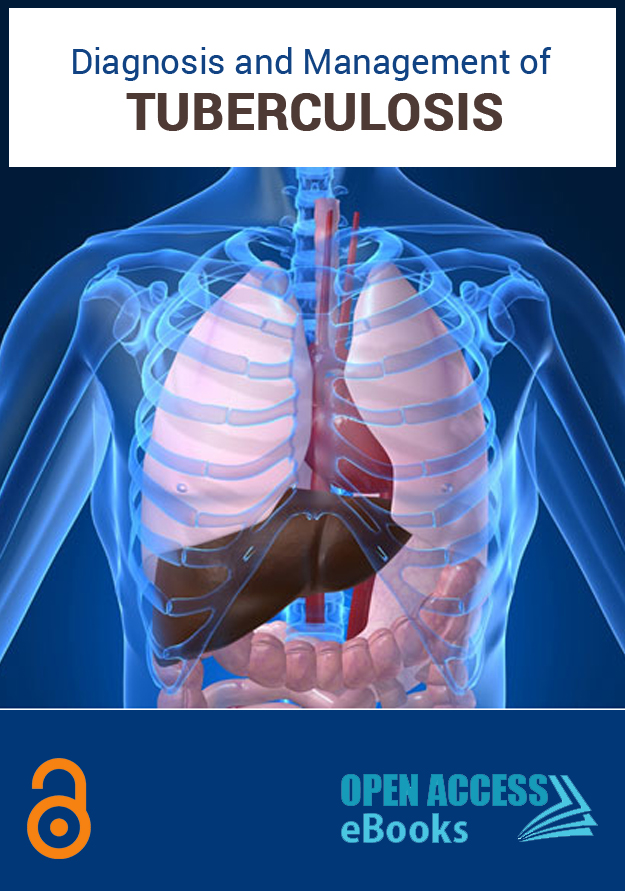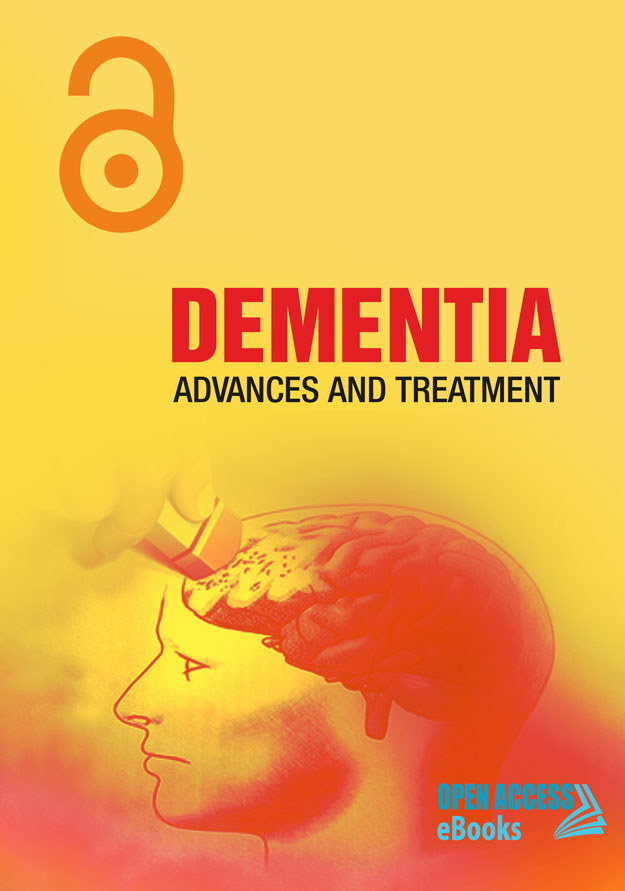Published Chapters:
Parkinson's Disease (PD)
eBook: Neurodegenerative Diseases, Symptoms and Treatment
Parkinson's disease (PD) is a common and complex neurological disorder. The detailed description of PD was firstly made almost two centuries ago, but the conceptualisation of the disease is yet to be evolved. Basically, PD is a neurodegenerative disease in which there is an early prominent death of dopaminergic neurons in the substantia nigra pars compacta (SNpc).The pars compacta is a portion of the substantia nigra, located in the midbrain. It is formed by dopaminergic neurons and located medial to pars reticulata. Parkinson's disease is characterized by the death of dopaminergic neurons in this region [1]. In humans, the nerve cell bodies of the pars compacta are coloured black by the pigment neuromelanin. The degree of pigmentation increases with age. This pigmentation is visible as a distinctive black stripe in brain sections and is the origin of the name given to this volume of the brain. Thus, dopamine deficiency within the basal ganglia leads to a movement disorder characterised by classical parkinsonian motor symptoms. PD is also linked with numerous non-motor symptoms, some of which head the motor dysfunction by more than a decade. The stronghold of PD management is suggestive treatment with drugs that increase dopamine concentrations or directly stimulate dopamine receptors.
Orthodontics and Pregnancy
eBook: Research & Reviews on Pregnancy and Women's Health
Pregnancy is by far one of the most important experiences in the life of a woman and at the same time, one which most alters her physiology and anatomy. This experience radically changes perspectives and perceptions regarding the woman herself and the world that surrounds her. On another level, orthodontics, as well as improving mouth functionality, significantly improves your self-image, and is a priori a treatment that can be carried out during pregnancy
Cleft lip nasal deformity: Analysis and treatment
eBook: Advances of Plastic & Reconstructive Surgery
Cleft lip and palate (CLP) are the most frequent congenital craniofacial defects and are usually associated with craniofacial defects and nose deformities that alter the facial aesthetic configuration. The aetiology of CLP is thought to bemultifactorial (genetic, teratogenic and/or environmental factors), 3 although there are no studies which have determined the exact causes that produce it. This chapter describes the nasal deformities associated with congenital clefting and outlines the timing and techniques used to correct these deformities.
Symptomatic remission and functional recovery in outpatients with Schizophrenia
eBook: Advances in Schizophrenia Research
The present study was conducted to examine the rates of symptomatic remission, the level of community functioning; and to assess functional recoveryin a sample of chronic schizophrenia out-patients; to compare recovered versus non-recovered patients according to demographic and clinical variables; and to identify predictive factors for recovery. Results indicate that 48.4% (n=92) patients fulfilled the criteria of symptomatic remission. The level of social functioning according to the mean GAF score of was 60.3 (S.D.=8.7). Considering the four criteria to attain recovery; 48.4% (n=92) patients met the criteria of symptomatic remission, followed by 46.3% (n=88) who met the criteria of vocational functioning, 26.3% (n=50) for peer relationships, and independent living was met by only 23.7% (n=45) of the sample. From these four criteria, a total of 10.5% (n=20) of the patients were considered to attained functional recovery as they met the required criteria. Functioning was higher in recovered patients with a GAF of 72.2 compared to a GAF of 58.8 in non-recovered patients.The logistic regression model included 2 predictors for recovery: 1) increased age of illness onset (>23years old) and, 2) better functioning according to a higher GAF score (>60 points). The results of this study indicate that symptomatic remission and functional recovery can be attainable goals in Mexican patients with schizophrenia.
Sum and Substance for Schizophrenia
eBook: Advances in Schizophrenia Research
Schizophrenia (SCZ) is a highly heritable, chronic, severe, disabling neurodevelopmental brain disorder with a heterogeneous genetic and neurobiological background, which is still poorly understood. Because schizophreniahas no distinguishing pathology or diagnostic criteria, it is difficult to relate gene changes to discrete physiological or biochemical changes associated with the disease. SCZ fits the profile of a complex disorder in which multiple genes interact along with environmental influences to produce a range of phenotypes. There is accumulating evidence that both common genetic variants with small effects and rare genetic lesions with large effects determine risk of SCZ. Thousands of common single nucleotide polymorphisms cumulatively could explain high percentage of the underlying genetic risk of SCZ. Therefore, it requires lifelong treatment, even when symptoms have subsided. Treatment with medications and psychosocial therapy help in managing the condition. In this review, we summarize the current understanding of genetic and pathogenesis of SCZ and highlight their potential role as diagnostic agents and therapeutic targets.
Animal Models of Schizophrenia: An Update
eBook: Advances in Schizophrenia Research
Schizophrenia is one of the most intriguing human diseases because it affects the most complex functions emanating from the brain. Bleuler defined the term in 1911 as a psychotic disorder characterized by four primary symptoms: “abnormal associations, autistic behavior and thinking, abnormal affect, and ambivalence” [1]. Developing an animal model that is expected to mimic deficits in such functions is an achievement in itself. However, it is an absolute necessity first because the pathology is devastating for patients and their families and, secondly and consequently, because there is a crucial the need to find more efficient treatments. Until now, many animal models have been developed by the manipulation of a sole factor (pharmacological, genetics, environmental etc.), while some others have tried to manipulate two of three factors. In this review we describe the main rodent models used in scientific research until now, and the new models more recently developed. Most of them can be considered as successful to trigger positive-like symptoms in animals (increased locomotion) and are useful to assess effects of antipsychotics (locomotion decreased to control level). Some of them also induce negative-like symptoms (decreased social interaction and anhedonia) and/or cognitive deficits (altered memory, attention, and sensorimotor gating), conferring an added-value to assess effects of existing psychotics and developing new ones.
Recent Advances in Stroke Genetics
eBook: Advances in Stroke Research
Stroke is a complex, polygenic, and multi-factorial neurological disorder caused by a combination of environmental, vascular and genetic factors [1]. Despite new developments in the treatment and prevention, stroke accounts for the primary cause of adult disability, the second leading cause of dementia and the third leading cause of mortality in most of the developed countries [2], [3]. In the last four decades, while it has been estimated a 42% decrease in stroke incidence in high-income countries, there is more than 100% increase in stroke incidence in low to middle income countries [4]. The National Commission on Macroeconomics and Health has projected that cases of stroke would increase from 1,081,480 in 2000 to 1,667,372 in 2015. According to WHO 80% of stroke cases in the world would occur in lower and middle income countries, mainly India and China by 2050 [5].
Smoking and Primary Cancer among Chinese Urban Men: A Novel Study Design in Practice
eBook: Tobacco Addiction: Effect on Human Health
In the 1980s, the hazard of smoking has been widely recognized by general public in western countries. While, during the same period, China had developed rapidly as the world's leading tobacco production and consumption country.. However, due to the delay of smoking consumption peak comparing with developed countries, the smoking related research in China had lagged behind western developed countries for nearly 50 years and basic epidemiological information regarding to the health problems associated with smoking was lacking. Therefore, it was imperative to undertake nationwide research to depict the hazards related with smoking comprehensively and systematically, which was crucial for forming preventive public health policy as well as raising awareness of health risk caused by cigarette smoking among general population in China. However, it is almost impossible to achieve this goal in a short period by directly applying traditional epidemiological research designs, such as cohort design and case-control design, both of which are most frequently used in epidemiological etiological studies. In cohort studies, subjects need to be followed up for a period of time to observe the occurrence of the events of interest, which usually takes a long time for a cohort study to mature. While for case-control studies require control group to be an approximate random sample of base population, which is hardly to meet in large-scale population studies. Therefore, there was a call for methodological innovation, through which the impact of smoking on Chinese could be evaluated within relative short period with less resource consumption.
Tuberculosis: Propagation beyond Lungs
eBook: Diagnosis and Management of Tuberculosis
Tuberculosis (TB) caused by Mycobacterium tuberculosis (MTB) still remains a formidable global health challenge particularly considering the fact that one-third of the world's population are infected by TB as currently estimated by World Health Organization. The problem is compounded by the fact that roughly 10% of the infected people are symptomatic. Although TB affects the lungs in 80% of cases, however, in the remaining 20% the disease may affect other organs severely if lately diagnosed or left untreated. Hence, it is pertinent not only to diagnose early and initiate appropriate therapy but understand the pathogenesis of TB and its different types to prevent transmission. This chapter provides a consolidated gist of the different types of TB viz. Meningitis TB, Occular TB, Lymph node TB, Spinal TB, Cutaneous TB, Hepatic TB, Renal TB, Abdominal TB and Genital TB at common platform.
Tuberculosis of Rib
eBook: Diagnosis and Management of Tuberculosis
Even in current era, incidence of tuberculosis remains high in certain parts of the world with more than half of the world's tuberculosis infected population residing in Asia [1]. In countries where tuberculosis is endemic or rampant due to poorsocioeconomic status, malnutrition, emergence of multidrug resistant cases (MDR) and increasing association of TB with HIV infection; tuberculosis persists to pose a significant public health problem [2,3]. African population, the inhabitants of the Indian subcontinent and the Caribbean are most frequently affected by this disease.


